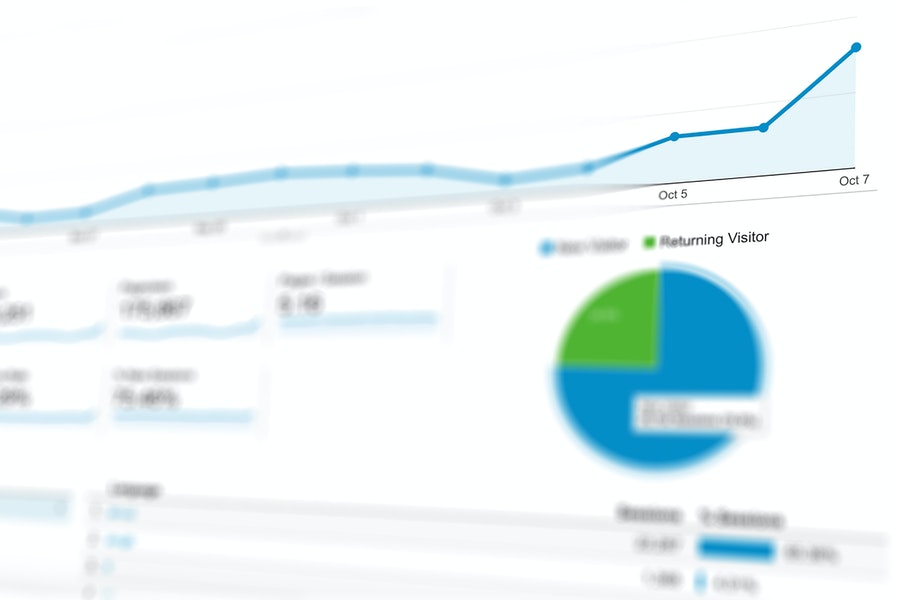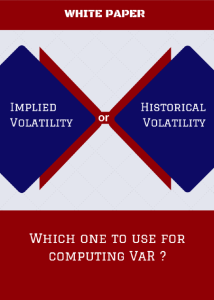
Whitepaper – Historical vs Implied Volatility

We’ve just released our latest Whitepaper – Historical vs Implied Volatility: Which one to use for Computing VaR?
The Whitepaper tackles one of the oft-pondered questions in the Risk Manager’s circles – should they use Historical Volatility or use Implied Volatility for calculating VaR. There are generally good arguments for each – Historical is the most used volatility method, relied by several over many years and gives consistent results. But when it comes to incorporating market intelligence into how volatility is going to change in near future, there is seldom a better candidate than Implied Volatility – which is taken from At-The-Money near month Option.
This Whitepaper delves into the accuracy of VaR results for each of these methods and shows the results from both methods. It further examines how closely they track the changes in daily P&L. The latter is needed for more efficient capital allocation for Risk Management – since companies don’t want to set-aside more capital than could be needed.
[For a more basic overview of the same topic, you might want to read our Knowledge Series Article explaining the concepts of Historical and Implied Volatilities.]
What you will read in this Whitepaper:
- How well do Historical and Implied Volatility Calculate VaR?
- Which method gives lesser Outliers?
- Which method traces P&L Changes more closely?
- How does each method fare in low and high volatile periods?
You can download the paper by filling in a quick form. If you have already subscribed to our blog before, and belong to a Commodity / Energy trading company, you don’t have to fill any form to download this paper – you will find it in your email ! concepts of Historical and Implied Volatilities

